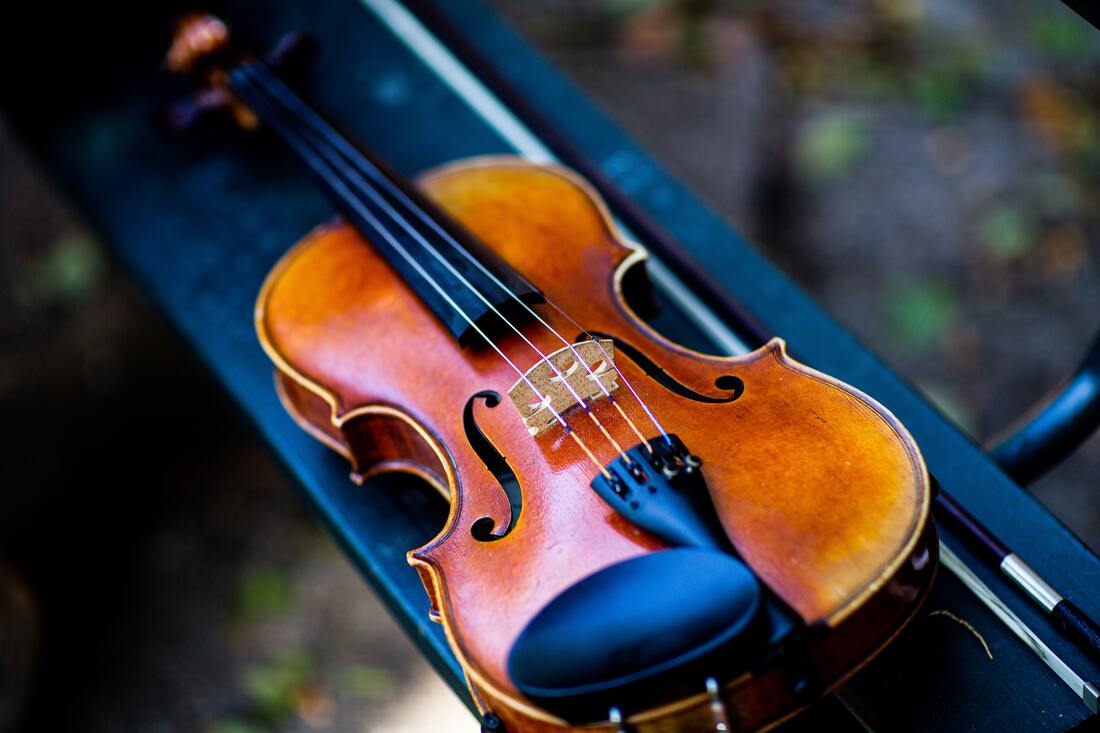Frequently Asked Questions about the Violin
Author: 李本华
Translated by: Goh Tong Keat
Original Text: 从零起步学小提琴
Published by: 上海音乐学院出版社
Notes to Parents
- What is the requirement to learn the violin
Typically, there are two types of students: one who becomes a music professional, and the other who plays musical instrument for leisure. The latter is more common, and because the goals vary, the requirements are different too. In Suzuki’s teaching, Suzuki believes that every child can learn to play the violin. To prove that he even trained special-need and handicapped children. Through hard work, they were able to attain a certain level of skill in the end. When I was a research assistant in Suzuki’s class, there was a Japanese girl whose left-hand fingers were born without the first joint. So, she would hold the bow with her left hand with the violin on her right side (in an opposite way to the normal students). Through hard work, she became one of the best students in class, and was invited to give a speech and performance in the United States.
Of course, for those who wish to pursue a career in music, it is a very competitive market, therefore there must be certain requirements. The first is physical requirement: the length of the fingers, the size of the hand, the width of the fingertip etc. There is also non-physical requirement: having good hearing, good sense of rhythm, musical memory etc. Besides that, musicality is also important. Musicality refers to the ability to understand and express a piece of music naturally. Often time, there are students whose academics are very strong but lack musicality. Finally, there is the element of hard work, any shortcomings mentioned above can be overcome by determined and continuous training.
- What is the best age to start learning the violin
- Finding the right music teacher
- Has received proper training and can perform on the instrument.
- Has experience in teaching and is able to identify problems in student’s playing.
- Love working with children. Respect the learning process. Has good personality.
- Responsible. Even a top-class musician who is irresponsible towards teaching cannot produce good students.
- How to guide the child in practice
To create a positive learning environment for the child, it is best to keep the child happy while practicing. It is best to give encouragement whenever the child shows progress and avoid being too strict in the process. The goal is to let the child know that music making is a fun process.
Having good equipment is very important, this includes a good instrument, music stand, and proper music sheet. Parents should also expose their child to recordings of violin performances whether it is in the form of audio or video. Going to live music events can greatly benefit the child, so do other cultural places like museum and art gallery.
How to Choose the Right Instrument
Choosing a beginner’s instrument involve two aspects: the size and the quality. As fractional size violin has smaller space to resonate, it is expected to sound weaker than a full-sized violin.
- Size
The above chart is an approximate guide. The actual size suitable will be determined by the height and the length of the arm of the child. A good way to measure is to let the child extend his left arm completely with the violin on his shoulder. If the child can grab the scroll of the violin and bend his arm a little, then it is a suitable size. However, if the child extends the arm and the violin is shorter than the wrist, then it may be time to move on to the next size. Some parents like to buy a larger violin for their child to save the money on getting another one in the future, this hinders their learning a lot. The general rule is that: it can be slightly smaller, but never too large.
- Quality
In terms of tone, look for easy-to-sound instrument with good volume, balanced tone in all four strings, high register sounding clear and low register sounding rich.
How to Practice
- Basic rules of practicing
- Set Goals. Think about what is to accomplish in each practice session, and what was learned in the previous lesson. Practice mindfully, avoid repeating unnecessary mistakes.
- Identify difficult spots in each piece and practice it systematically. Do not measure your practice by the amount of time you spent, but by the progress you made.
- Practice slow. Anything that you cannot play it slow, you cannot play it fast either.
- Break down complicated passage into smaller elements. For example, practice separate bow before adding in the slurs, practice on open strings before adding in the left hand etc.
- Daily scheduling of practice session
Below is an example of a practice session:
Technique: 10 minutes
Etudes: 20 minutes
Break: 5 minutes
Pieces: 30 minutes
The Maintenance of The Violin
- Violin
Keep the violin in the violin case. If the violin is to be stored for a long period of time, loosen the strings a little bit. Put cockroach repelling tablet in the violin case to prevent pest.
- Bow
Apply a moderate amount of rosin to the bow hair. Too much rosin will cause excessive dust and it is bad for health. Clean the bow stick after practice. Do not touch the bow hair with your hand, as the grease on your hand may cause the bow hair to lose its friction. Rehair your bow when the bow hair is getting less effective at producing sound.
- Others
Pegs may get affected buy the change of temperature and humidity. You can apply chalk to pegs that are too loose, and toothpaste on pegs that are too tight. For easier tuning, you can install fine tuners on the tailpiece.
Strings may break during playing, and sometimes sound post may fall off. In these cases, it is better to seek help from a teacher, an experienced player, or a luthier.



